#batteries
"I Will Not Cede the Wind or Solar or Battery Industry to China." Ooops. Never Mind
In his 2012 State of the Union address, President Barack Obama said this to critics of his lavish green technology initiative:
“I will not cede the wind or solar or battery industry to China or Germany because we refuse to make the same commitment here. “
Instead, battery manufacturers first get financed by double-green government handouts, then they are ceded.
A123 Becomes Chinese - Faster Than Imagined
Troubled battery maker A123 is getting another lifeline. This time, from China. Wanxiang Group will invest as much as $450 million in the company, says Reuters. Wanxiang, one of the largest Chinese auto component makers. A123 will soon be Chinese.
Your Tax Dollars At Stake: Battery Maker A123 Running Out Of Runway
The irrational electrification exuberance claims another victim: Battery maker A123 Systems Inc is running out of money. A lot of it is your money. Says Reuters:
Next-Gen Toyota Prius Targeted For Stateside Production In 2015
With a rising yen and forecasted sales of 200,000 units, Toyota is looking to kick Prius production into high gear on North American shores.
More Details On Explosion at GM Tech Center: Gases From Experimental Battery Ignited
Toyota/BMW Partnership: Diesel Engines Earlier, Batteries Later
Last December, Toyota and BMW announced “a long-term technological partnership.” Ostensibly, it was about developing batteries together, and about BMW supplying diesel engines, in that order. Four months later, the priorities seem to have changed a little.
Another Plugin Problem: A123 Warns Of "Potential Safety Issue" With Fisker Karma Battery
In the ramp-up to the launch of the Chevy Volt and Nissan Leaf, a great debate seized the engineering community: was Nissan opening itself to problems by not including a active thermal management system for the Leaf’s battery pack, or was Chevrolet’s liquid-cooled approach simply adding unnecessary complexity? Well, thus far, the verdict seems to be in Nissan’s favor. Though Leaf has been troubled by some dissatisfaction with its real-world range, the Volt has endurd the first technical semi-scandal of the plug-in era, when federal regulators found that ruptured coolant lines could cause fires. Now the liquid-cooled approach is hitting its second challenge, as Fisker’s battery supplier A123 Systems is warning in a letter [ PDF] that
some of the battery packs we produce for Fisker Automotive could have a potential safety issue relating to the battery cooling system.
Ruh-roh!
This Is The Chevy Volt's Post-Crash Safety Protocol
TTAC has received the following protocol, developed by GM in the wake of the June Volt fire at a NHTSA facility in Wisconsin, from a GM source and has confirmed its legitimacy with a second GM source. Though the procedure may be refined based on the findings of NHTSA’s latest round of tests, it gives a good picture of what GM currently does to ensure the safety of Volt driver and passengers as well as rescue workers, towing company workers and salvage yards. And, I have to say, it puts some of my fears about this safety scare to rest. It hadn’t occurred to me that GM’s Onstar system could provide opportunities to respond to crashes in real-time, and apparently the system provides a wide variety of data with which GM’s “corporate SWAT team” can tailor its response to any Volt crash event. Hit the jump for the full procedure.
About Those Chevy Volt Safety Protocols…
I caught hell from a number of TTAC’s Best and Brightest five days ago, when I blogged about the Chevrolet Volt fire at a NHTSA facility but failed to initially note GM’s response. At the time, GM’s Greg Martin said
GM has safety procedures for handling the Volt and its battery after an accident. Had those been followed, there wouldn’t have been a fire.
At the time, a number of readers accused me of bias for not including Martin’s response at first. Eventually I conceded that this was some worthwhile perspective for the story, but I cautioned that it only represented the opinion of one GM employee. Whether or not NHTSA actually followed those procedures remained an open question… until now. Automotive News [sub] is reporting that NHTSA couldn’t possibly have followed those procedures, nor indeed could anyone else, for the simple reason that GM failed to share them with anybody. So not only is the NHTSA fire being blamed on the fact that government regulators were not given the necessary safety procedures, but it turns out that rescue workers, salvage yards, towing companies and the like were not taught how to discharge the Volt’s battery either. In other words, this NHTSA crash was an important eye-opener for the Volt team.
Chevy Volt Catches Fire After Crash Test, Investigation Under Way
The Chevy Volt fire rumors started early this week, when the utility company Duke Energy told its customers to stop using their Chevy Volt home chargers after an October 30 fire. At last word, NHTSA said that
No conclusions have yet been reached regarding the cause of the fire. We are continuing to monitor the situation.
But it seems that the investigation is coming home, as Bloomberg just reported that a Chevy Volt caught fire at a NHTSA facility, shortly weeks after being crash tested.
The Volt caught fire while parked at a National Highway Traffic Safety Administration testing center in Wisconsin, three weeks after a side-impact crash test, said an agency official. The official, as well as the three other people familiar with the inquiry, said they couldn’t be named because the investigation isn’t public.
The fire was severe enough to burn vehicles parked near the Volt, the agency official said. Investigators determined the battery was the source of the fire, the official said.
Ruh-Roh!
Report Knocks "Big Battery" Plug-In Subsidies, Will The DOE Notice?
The main tool for the government’s crusade to get one million plug-in cars on the road by 2015 is the “Qualified Plug-In Electric Vehicle Tax Credit,” a credit that returns between $2,500 and $7,500 to purchasers of a qualifying vehicle. To qualify for the minimum $2,500 credit, a vehicle must have a traction battery with a minimum of four kW/h, and the credit adds an additional $417 in credits for every kW/h above the minimum. Why? Well, you might think that it’s because the DOE has done its research and determined that larger battery packs deliver more social benefits… at least until the 16kW/h limit (the exact size of the Chevy Volt’s battery), where the credit tops out at $7,500. But according to new research by Carnegie Mellon’s Jeremy Michalek, that basic assumption doesn’t appear to be true at all. In fact, his latest paper argues that the government would actually be better off subsidizing smaller, not larger, battery packs.
GM, LG Team Up For "Single Purpose" EVs. Will Mark Reuss Let His Kids Drive One?
GM tightened its ties with Volt battery cell provider LG this week, announcing a deal to jointly develop next-generation electric vehicles. GM, along with the other Detroit-based OEMs, have been seeking closer ties with their suppliers, and as the JoongAng Daily reports, this deal helps LG at a time when the Korean conglomerate has been struggling
Two of LG’s pillars – LG Electronics and LG Display – are floundering. LG missed the boat on smartphones and persistently-low prices of display panels have plagued LG Display.
LG officials are hoping the EV project will give it momentum.
And though it’s no surprise that GM wants to move into the pure-EV market, its gamble on the extended-electric Volt has backed it into something of rhetorical corner.
Toyota To Pay Tesla $100m For 2012-2014 Electric RAV4
You Are Looking At The Cure For Range Anxiety
Capacity, weight and price of the battery are the big challenges facing the electric car. Researchers at Sumitomo have developed a porous, sponge-like metal called “Aluminum-Celmet.” It promises to triple the capacity of lithium-ion batteries.



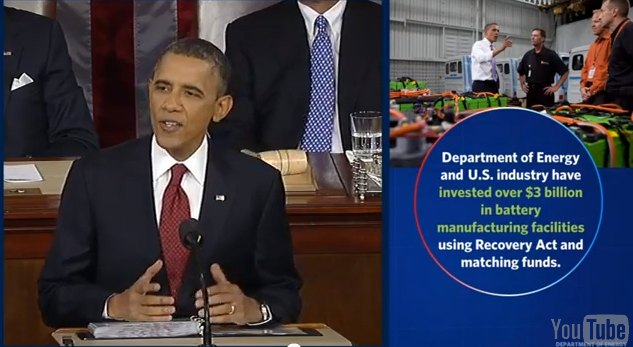



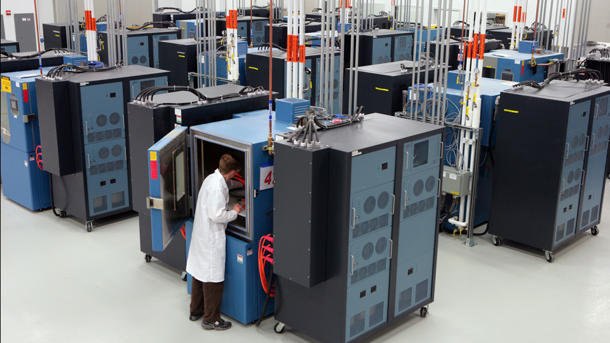
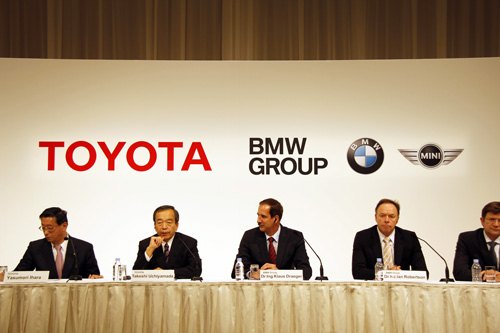
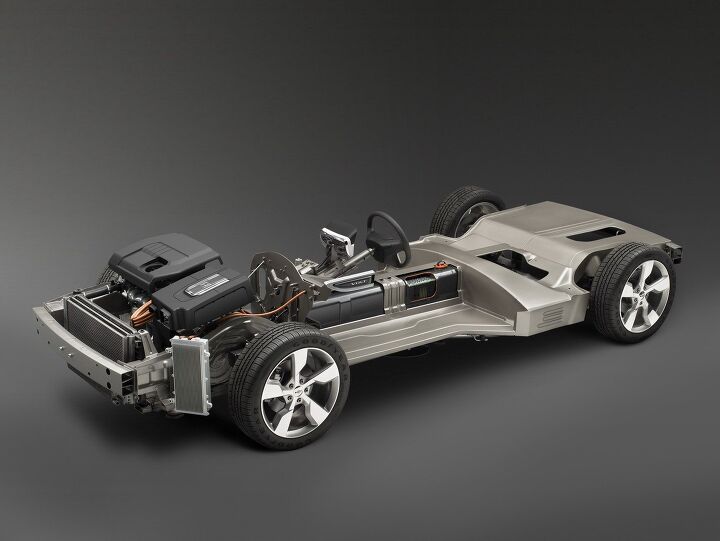

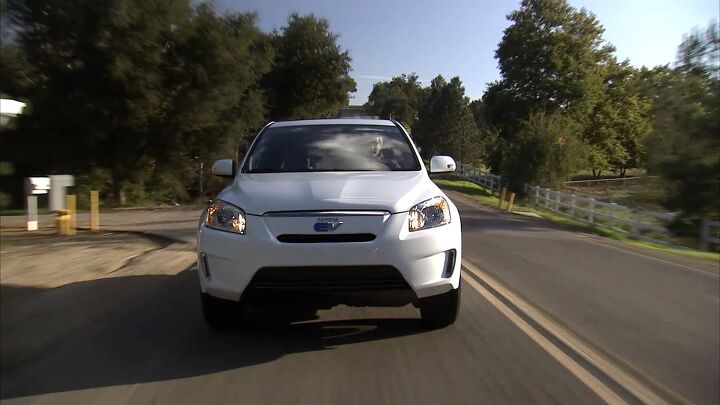

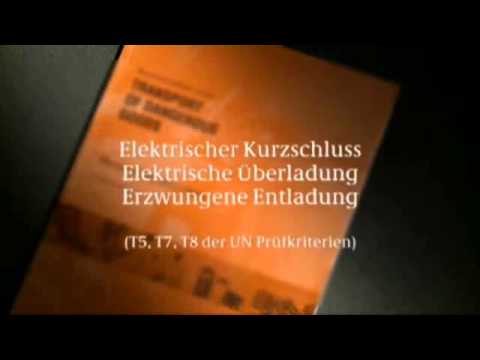












Recent Comments